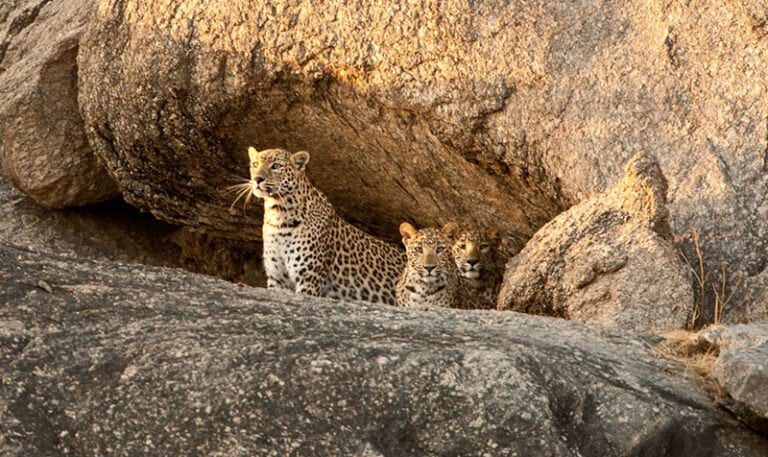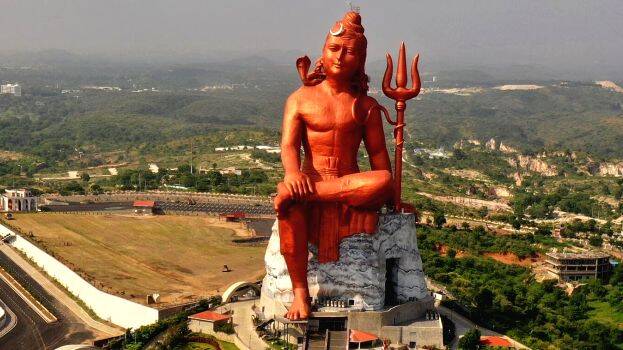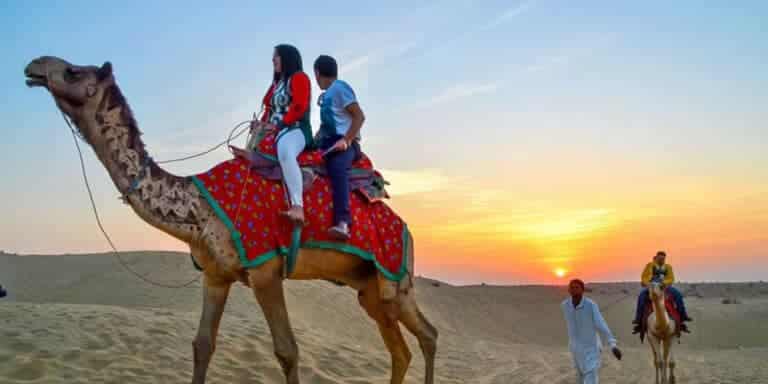Monday to Saturday - 8:00 -17:30
Places to visit in Jaisalmer Rajasthan
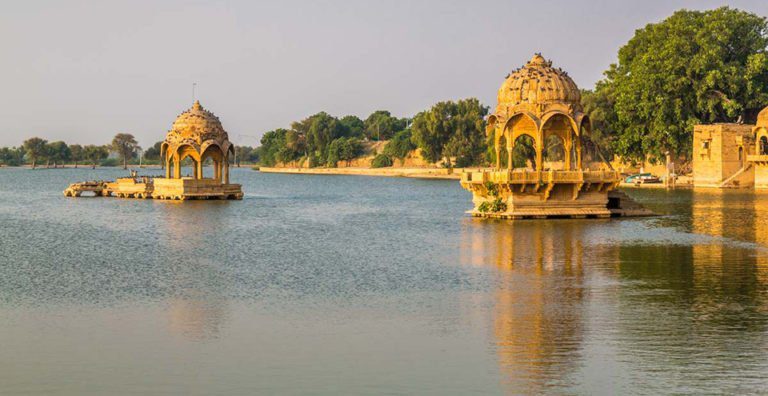
Jaisalmer is a land of Forts and Havelis.
Jaisalmer, the important city of the triangular circuit of tourism, where every native and foreign tourist visiting Rajasthan does not forget to include Jaisalmer in his trip. The song ‘Dharti Dhoran Ri’ seems to be suitable for the dhoras of Jaisalmer. Jaisalmer, situated amidst the Thar Desert, becomes a golden memory for its yellow stone buildings and camel queues on sand docks, especially for foreign tourists.
City of Forts – Jaisalmer will be your first choice if you are interested in geology. About 15 km from Jodhpur You can get to know the geological events and changes of the Thar Desert 180 million years ago in the remote ‘Akal Wood’ fossil park.
Popularly known as the ‘Golden City’, Jaisalmer serves as the border guard of western Rajasthan and India near the Pakistan border and the Thar Desert. The most prominent attraction of the city is the Jaisalmer Fort, also known as Sonar Fort (The Golden Fort).
Unlike most other Forts in India, the Forts of Jaisalmer are not only tourist attractions, shops, hotels and ancient havelis (houses) that still exist within them, where people have been living from generation to generation. History of Jaisalmer – History of Jaisalmer dating back to 12th century.
A younger half-brother of Rawal Jaisal, Rawal of Devaraja and eldest heir, was given the throne of Lodurwa. Hence, they started searching for a new place to establish their kingdom. When he came to the sage Isel, the sage told him about that prophecy of Lord Krishna. In which it was said that the descendants of Yaduvansh would form a new kingdom at this place. In 1156 Rawal Jaisal built an earthen fort here, named Jaisalmer and he declared it his capital. In spite of the lull of time, the art, culture, fortresses, Havelis, and motti such as gold, invites again and again to visit Jaisalmer. The sands of sand here hide the stories of the history of the last eight hundred years.
Jaisalmer Fort
This fort is a World Heritage Site. This fort stands on the ‘Trikuta mountain’ of Thar desert has seen many historical battles. When sunlight falls on this fort, it shines like gold, is made of yellow sandstone. That is why it is called ‘Sonar Qila’ or ‘Golden Fort’. The Sun going into Asthanchal also makes the fort mysterious with its energy. Built-in unmatched style, this fort was built by local artisans for the royal family. Sonar Fort is a World Heritage Site. Sonar Qila (The Golden Fort) has a special mention in the famous filmmaker Satyajit Ray’s famous film ‘Feluda’. Apart from this, many films have been shot here. In front of this fort, the Desert Festival is celebrated every year by the Rajasthan Tourism Department in the month of February. The festival consists of camel races, camel decorations, camel decorations, camel milk extracting competition, turban tie competition, and various dance and music programs. Thousands of domestic and foreign tourists visit this festival.
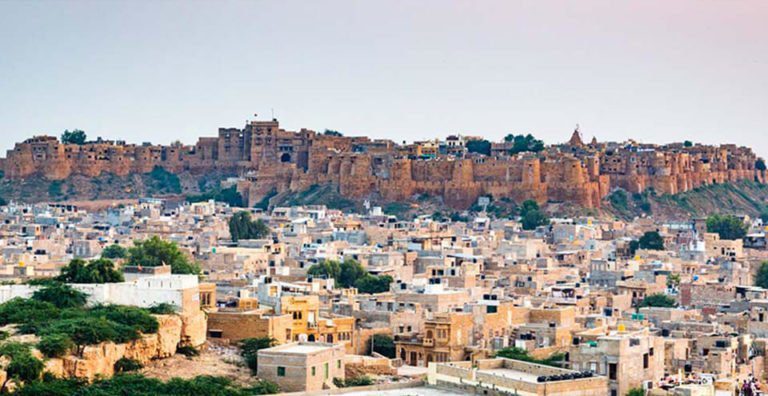
Jaisalmer Government Museum
This museum, established by the Department of Archeology and Museums, is a major attraction for tourists visiting Jaisalmer. The most prominent is the trophy of the state bird of Rajasthan ‘Godavan’ displayed here. Traditional household objects, rock-cut crockery, jewelry and statues of 7th and 9th century AD display the remains of the city’s rich cultural heritage.
Patwo ki Haveli
There are five havelis inside this mansion which Guman Chand Patwa built for his five sons in 1805 AD. It took 50 years to make it. The largest and most beautiful carved mansion in Jaisalmer, this five-story structure stands proudly in a narrow street. Although the mansion has now lost its grand glory, some painting and glass work can still be seen on the inside walls. Tourists can come on foot or rickshaw to see this mansion, because it is inside a thin street.
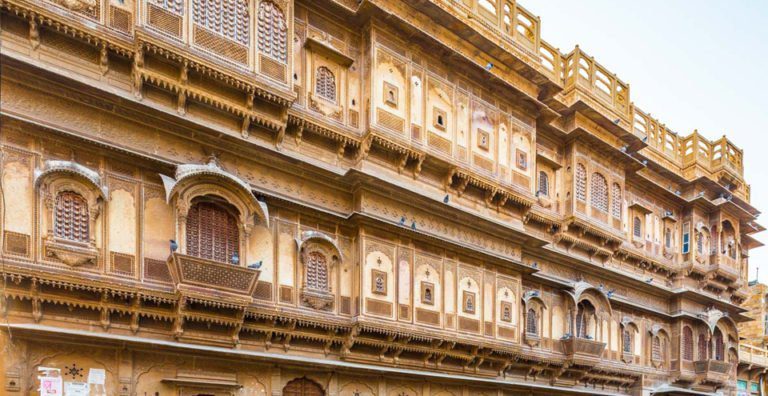
Gadisar Lake
This lake was built in the 14th century by the first king of Jaisalmer, Rawal Jaisal. It was rebuilt a few years later by Maharaja Gadsisar Singh. On the south side of Jaisalmer, this lake is built in the ‘Til ki Pol’ area. Which is seen inside a beautiful carved, yellow stone gate. Many small temples and shrines around it double the attraction of this lake. Entertainment and attraction for domestic and foreign tourists increase here.

Nathmal ji ki Haveli
This mansion was built for Diwan Mohta Nathmal, who was the Prime Minister in the state of Jaisalmer. Built by Maharawal Barisal, and two brothers – Elephant and Lulu, who were very powerful architects, they contributed to the architecture of this mansion. Seeing two stone elephants at the main gate, it seems that you are standing to welcome them. In the 19th century, two architect brothers built ‘Nathmal Ji Ki Haveli’. He worked on the mansion from two sides and resulted in a beautiful form of evenly divided structure. Elephants carved on miniature style paintings and yellow sandstone have been used for decoration. The design and sculpture of this mansion are different from all other havelis.
War Museum
“If you have food today, thank the farmer and if you eat peacefully, give thanks to the soldier.” Our army and security forces spend their lives daily facing difficulties and troubles so that the citizens of India can sleep peacefully. A museum has been erected at the military base of Jaisalmer, where we can honor those soldiers by thanking them. In this museum, thanking those soldiers, they can honor them. This museum is decorated in a big way to show the sacrifices and valor given by those soldiers in this museum.
Each item displayed here highlights the sacrifices of the soldiers who sacrificed their lives during the Indo-Pak war of 1965 and the Langewala war in 1971. By visiting this museum, you will see the tanks acquired by the Indian Army and other accessories used in the war, which will make you proud. There is also an audio-visual room, in which you are shown war-related films. You can also see the interview of the host Kuldeep Singh Chandpuri, who participated significantly in the Longewala war.
Which shows how bravely our soldiers fought the Longewala war. Many war trophies, old equipment, tanks, guns, fighting carts and weapons are displayed in this museum. The ‘air-aircraft’ gifted by the Air Force, which was used in the Indo-Pak war of 1971 during the Longewala war, can also be seen here. Considering the important war history of our country, this museum is situated on the Jaisalmer-Jodhpur highway and has free-entry, free entry, ie there is no ticket/charge to see it.
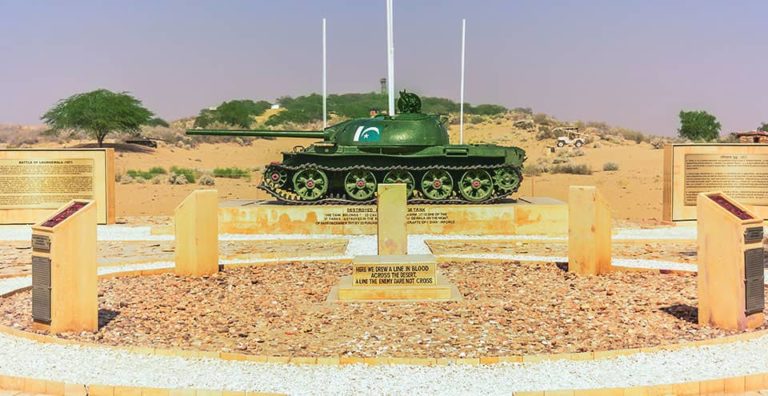
Longewala war Memorial
During the Indo-Pak war of 1971 in the western region, Longewala’s war was the greatest adventure and it is an inspiring story of courage and bravery, crossing invincible obstacles. This history is an example of ‘bravery and bravery’, created on 4 December 1971, when Indian soldiers drove out about 2000 Pakistani soldiers and 60 tanks. Our Desert Corps in Longewala built this Longewala War Memorial to celebrate their victory, in which they determined that Pakistan’s military efforts to penetrate the Indian border had failed. When you see this museum, you will be proud to see the examples of valor, valor and valor of our brave soldiers.
Kuldhara
The construction of these villages by the Paliwal Brahmins is believed to be around the 13th century. Looking at the ruins of these villages, it seems that they must have had a very good architecture. Spread over a large area, amidst the deserted forest, half an unfinished walls, doors, windows are visible in the ruins. There were 84 medieval villages which the Paliwal Brahmins left overnight.
The two most prominent of them, ‘Kuldhara’ and ‘Khava’, are located approximately 18 and 30 km respectively from south west of Jaisalmer. The ruins of Kuldhara and Khava are excellent examples of architecture of that era. There are many legends about them. But no truth is known as to why there was a large-scale migration of villages. Villagers believe that this place is cursed and there is no settlement here due to fear of terror. Presently this place is a major tourist attraction. Tourists visiting Jaisalmer, hearing the stories of these villages, definitely come to see here.
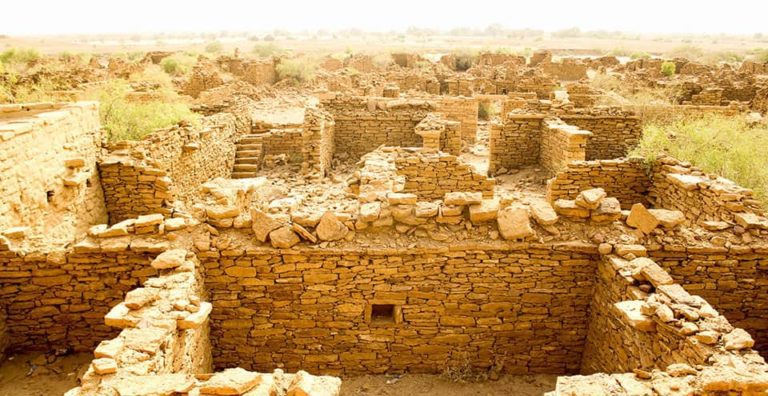
TanotRai Mata Temple
Bhati Rajput Naresh Tanu Rao In 828, the idol was established by building the temple of Tannot Mata. People from all the villages around here and especially BSF jawans here offer prayers with full devotion. About 120 km from Jaisalmer is the ‘Tannot Mata’ temple. Tannot Mata is considered to be the reincarnation of Goddess Hinglaz. During the Indo-Pakistan war in 1965, there are several stories of heavy attacks and shelling in Tannot. However, none of the shells or bombs exploded in the temple. This strengthened the faith of the people. Since the war, this temple is rebuilt and managed by the Border Security Force (BSF Trust). One form of Tannot Mata is believed to be that of ‘Hinglaj Mata’, which is currently established in Balochistan (Pakistan).
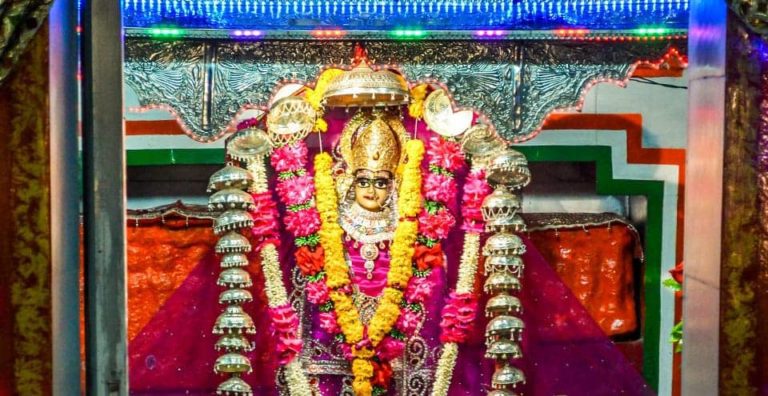
Sam Sand Dunes
Activities and adventures await you in Jaisalmer. There is always something unique to do in Rajasthan. Stories are written on the lines of Jaisalmer Sam sand dunes, 40 km from the golden sand dhore town of Sama. The most enjoyable place for tourists away is ‘Sam’. Sama is a village that was once buried between the cows in the intestines.
Today’s time, apart from only the hot summer season, is jammed by the sounds of tourists, camels, camel trains and jeeps. Away from the urban congestion, in the heart of the vast Thar desert, this is the golden opportunity to experience Rajasthan in its true form. Camping under the magnificent sky, fills you with divine wonders. Feel the cool sand under your feet during the evening and enjoy the cultural performances. Impressive co-ordination of camping adventures and peace among the sand dunes of Jaisalmer. In fact, it is a different experience, which you should not give up.
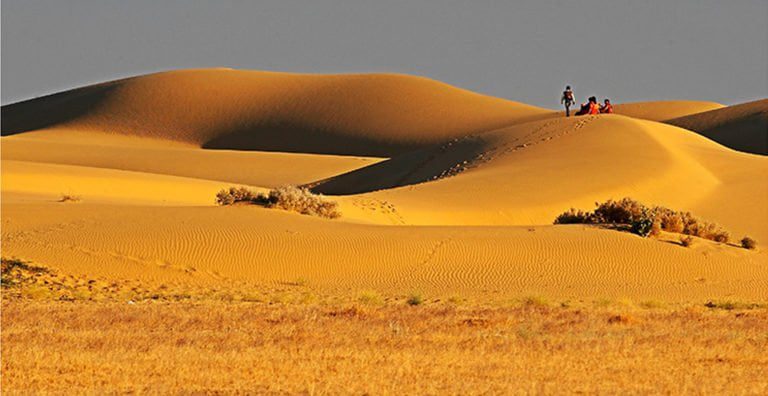
If you are reading this then, please send your thoughts in the comment box. Thank you!
Disclaimer: We do not take credit for some of the licensed paid images used in our blogs, whether from Google Images, Fotolia & Shutterstock.
All such images are the copyrights of their respective owners and we try to provide credit for them wherever we can. If, however, any copyright image has been used on our blog, the concerned person can either mail us directly to remove the image or provide credit to whomsoever the image may belong.

